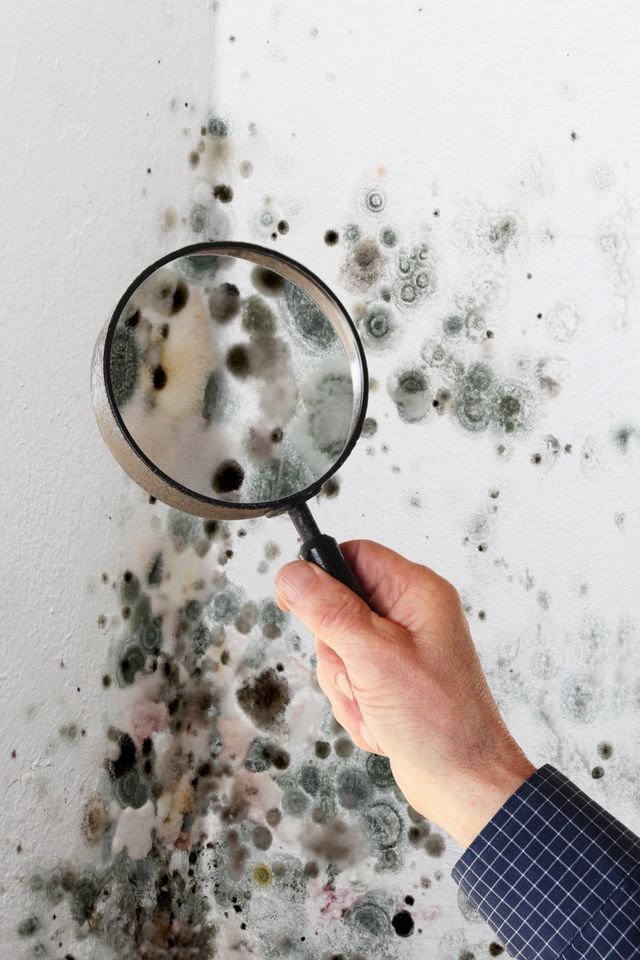Effective Message Mold And Mildew Removal Solutions for Your Home
Mold and mildew growth in homes can be a consistent problem, usually requiring a systematic approach for effective post-remediation remedies. From understanding the variables that add to mold and mildew growth to executing proper cleaning methods and dampness control steps, the procedure can be elaborate yet important for maintaining a healthy living environment. Additionally, discovering all-natural remediation options and developing a routine for continuous maintenance are crucial elements of a detailed mold removal technique. As property owners aim to attend to mold problems, finding one of the most effective options ends up being paramount for the well-being of their families.
Understanding Mold Development Variables
Mold growth is affected by a range of aspects that are important to comprehend in order to successfully deal with and prevent its spreading. Understanding these aspects is essential in implementing successful mold remediation techniques. The key aspect adding to mold and mildew growth is moisture. Mold spores call for moisture to thrive and germinate, making damp or moist environments very susceptible to mold infestations. Poor air flow can also result in moisture buildup, developing an ideal breeding place for mold and mildew.

Moreover, air flow and light exposure can impact mold and mildew growth. Areas that lack proper air flow and all-natural light are a lot more susceptible to mold and mildew advancement. By addressing these variables thoroughly, individuals can successfully minimize mold and mildew growth and guard their living environments.
Proper Mold Cleaning Strategies
Using effective cleansing methods is essential in stopping the reoccurrence and addressing of mold contamination in indoor atmospheres. When managing mold and mildew, it is critical to focus on safety and security by putting on protective gear such as gloves, masks, and goggles. The very first step in correct mold and mildew cleansing is to include the damaged location to avoid the spread of spores to unpolluted locations. This can be accomplished by sealing the space and using air scrubbers or negative air equipments to maintain air high quality.

Executing Moisture Control Measures
To effectively avoid mold and mildew growth and contamination in indoor atmospheres, applying dampness control actions is critical. In addition, guaranteeing proper ventilation in areas susceptible to moisture build-up, such as restrooms and kitchen areas, can help decrease the danger of mold growth. By vigilantly implementing these dampness control procedures, house owners can efficiently decrease the likelihood of mold recontamination and preserve a healthy interior atmosphere.
Using Natural Removal Solutions
After successfully executing wetness control actions to avoid mold and mildew what to do after mold remediation growth in indoor environments, home owners can currently explore the efficiency of natural removal remedies in keeping a healthy space. All-natural remediation remedies use eco friendly methods to battle mold and mold, making them a prominent choice for those looking for safe options. One such option is utilizing vinegar, a natural antimicrobial representative, to disinfect and tidy surfaces polluted by mold and mildew. Simply water down vinegar with water and spray it onto the influenced areas, enabling it to rest for a couple of hours prior to wiping tidy. Furthermore, tea tree oil, understood for its antifungal buildings, can be blended with water and splashed onto mold-infested surfaces to inhibit further development. One more all-natural choice is hydrogen peroxide, which can properly kill mold and mildew on different surface areas without leaving harmful deposits behind. By incorporating these all-natural remediation remedies into their cleansing regimens, homeowners can properly battle mold development while advertising a much healthier interior environment for themselves and their households.

Keeping a Mold-Free Environment
Frequently evaluating areas vulnerable to mold and mildew growth, such as shower rooms, cellars, attics, and kitchen areas, is critical. Correct air flow in areas with high moisture degrees is additionally crucial to protecting against mold development.
Furthermore, keeping tidiness in the home is vital for mold avoidance. Maintaining interior plants in check and making certain appropriate water drainage in exterior landscaping can reduce dampness accumulation, reducing the probability of mold and mildew problems.
Conclusion
In conclusion, it is vital to deal with mold growth factors, use proper cleaning methods, implement moisture control steps, make use of all-natural remediation options, and preserve a mold-free setting in order to successfully manage blog post mold and mildew remediation in your house - what to do after mold remediation. By complying with these methods, you can protect against mold from recurring and guarantee a healthy living environment for you and your family members
The key aspect contributing to mold development is dampness. Mold spores require dampness to flourish and sprout, making moist or damp environments extremely susceptible to mold and mildew problems.To properly protect against mold and mildew development and contamination in interior atmospheres, carrying out wetness control steps is paramount. In addition, ensuring appropriate ventilation in locations susceptible to moisture buildup, such as kitchen areas and bathrooms, can assist lower the risk of mold and mildew development.After effectively executing moisture control measures to avoid mold growth in interior environments, homeowners can currently discover the efficiency of natural removal solutions in keeping a healthy living space.